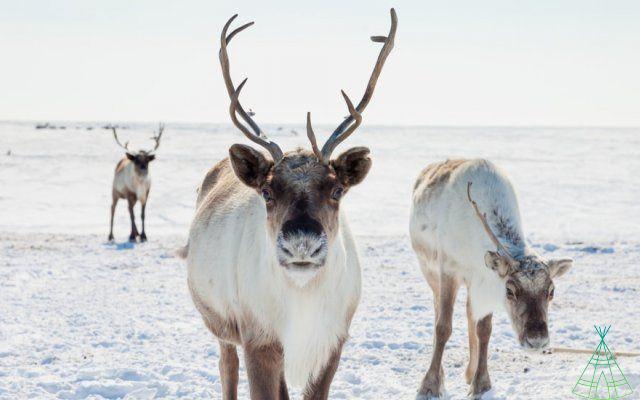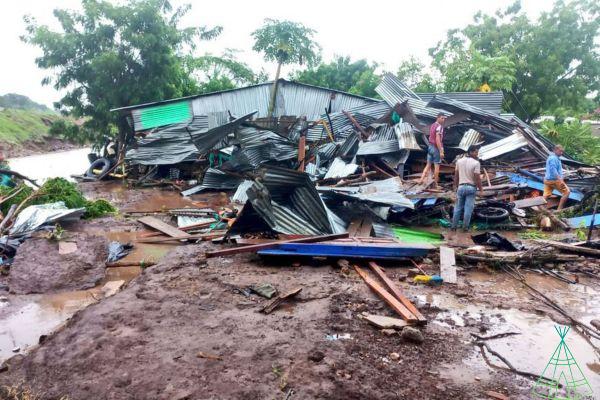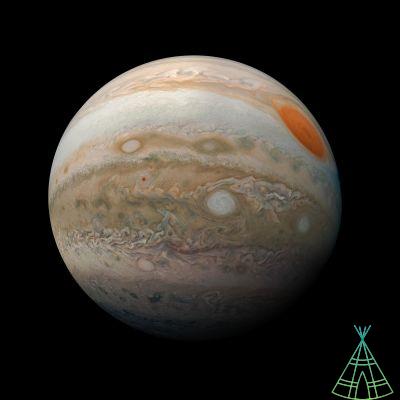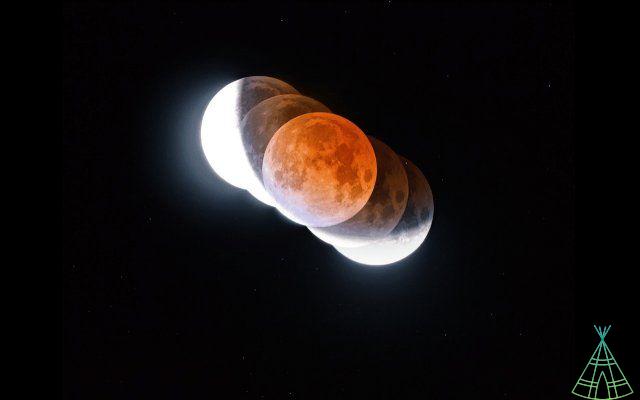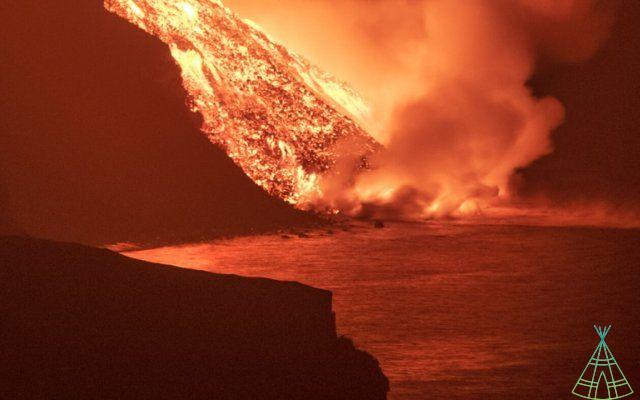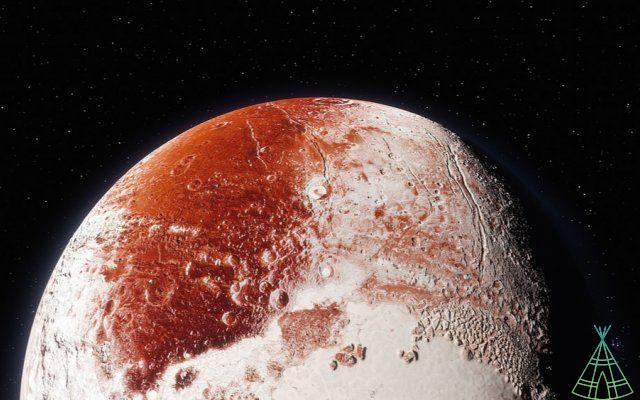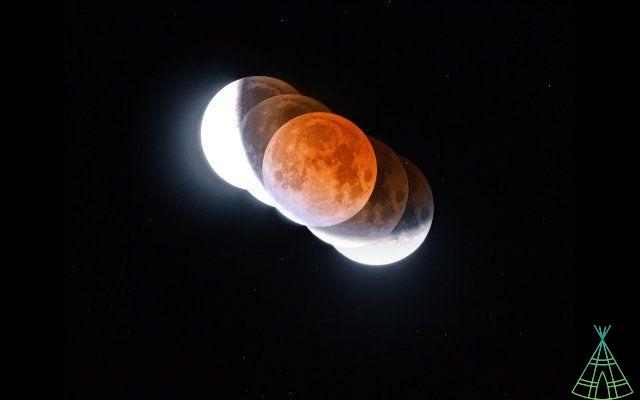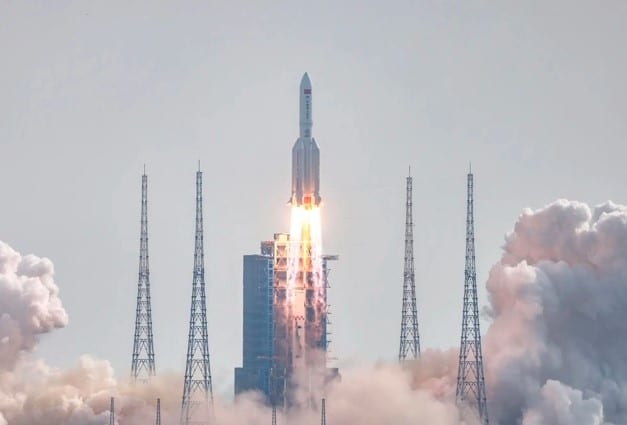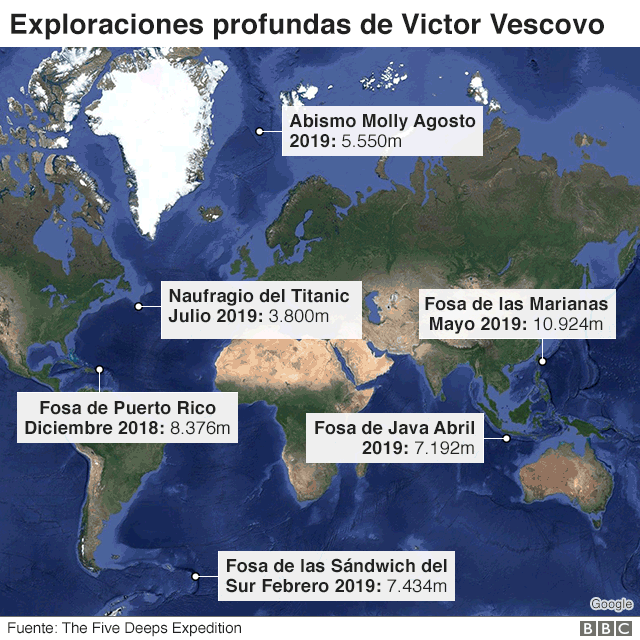We often use weather and climate synonymously in everyday life, but there is a difference in the meaning of these words. In summary, we should use the term 'weather' when we want to talk about the behavior of the atmosphere in a short period, now or in the coming days.
The word 'climate' will be used when we analyze the average of this same atmospheric portamento in a larger time frame (here, the clock), be it months or years.
So, when we want to know if it's going to go to the beach or if it's better to take a coat, we're talking about the weather forecast. And what defines the so-called good and bad times is a set of atmospheric conditions.
It's amazing that something that seems so commonplace can be measured by different variables. Among them, we can mention: temperature, precipitation, humidity and air pressure, wind speed and direction, radiation, etc.
Read also:
- Biggest water crisis in history: nature collects the bill
- Discover 6 fun facts about Venus - the planet that turns around
- What are the strangest sea creatures?
Precisely because of the amount of data and the changing nature of the atmosphere, weather forecasts depend on measurements made by meteorological stations.
Otherwise, planning a trip or going to the beach would just depend on trusting our senses, which can easily fail. After all, who never thought that the weather would stay open, left their umbrella at home and ended up catching a shower?!
The climate, in turn, is a cut over a long period of time, whether medium or long term, in the same atmospheric conditions analyzed in the weather forecast. Therefore, even though the city of Rio de Janeiro has a cold day, its climate is still considered tropical.
“A region's climate is determined by the prevailing wind and pressure systems. These, in turn, are the result of the differentiated heating of the globe by solar radiation, the asymmetrical distribution of the oceans and continents in the hemispheres, as well as the characteristics of the surface: topography, water, ice, land, vegetation”, explains Danielle Barros Ferreira, meteorologist and head of the Applied Research Service (SEPEA) of the National Institute of Meteorology (INMET).
What are the climates in Brazil?
For those who don't know, there are six types of climate in Brazil:
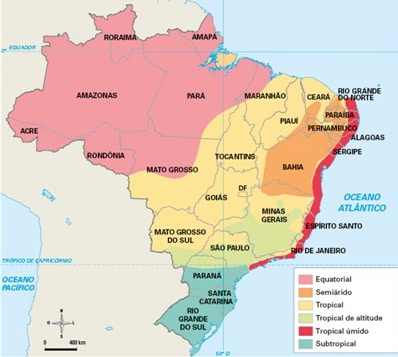
See the characteristics of each one below:
- Equatorial: hot and humid all year round;
- Tropical: wet in summer and dry in winter;
- Semi-arid tropical: hot and little rain;
- Coastal tropical (wet): hot, rains concentrated in autumn and winter in the Northeast and in summer and spring in the Southeast;
- Altitude tropical: temperatures lower than those generally found in a tropical climate and rainfall concentrated in the summer;
- Subtropical: hot summer and cold winter regular rainfall throughout the year.
What if the Earth were flat?
Ever wondered what the weather would be like if the Earth was flat? First, there would be no seasons, since there would be no inclination of the planet's axis and the incidence of the sun would be the same on all continents. Second, we would live in a world with similar temperatures.
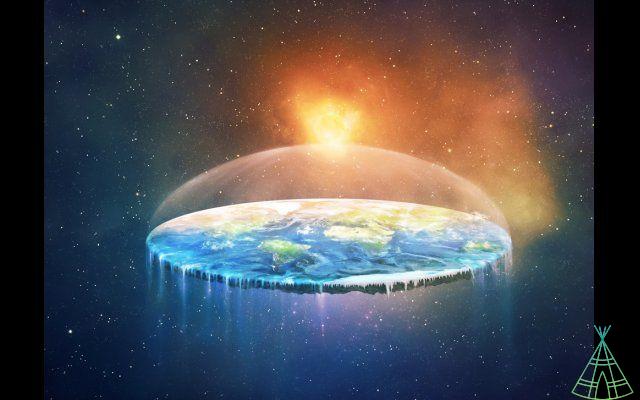
Weird? Yes, but it would make it easier when packing for the holidays, wouldn't it?
“Without the existence of a differentiated heating on the globe by solar radiation, the wind circulation patterns would not be generated in the atmosphere and, consequently, would not transfer heat from the equator to the poles and vice versa. In this way, there would be no latitudinal climate differences, that is, we would not have displacements of air masses and world temperatures would be very close”, explains Daniele.
Climate change in everyday life
The information that determines the climate of a region is called climatological normals. The variables for this classification are collected and analyzed based on a period of 30 years, according to the World Meteorological Organization (WMO).
However, there is no guideline that establishes a time frame to analyze whether there has been a change in the climate pattern in a region, as explained by Danielle.
Despite this, certainly many of us realize on a daily basis that our lifestyle contributes to climate change in cities. Skyscrapers, presence of asphalt, the increase of motor vehicles, industries; all of this contributes to bringing about changes or a reduction in the circulation of winds, an increase in temperature and more intense rains.
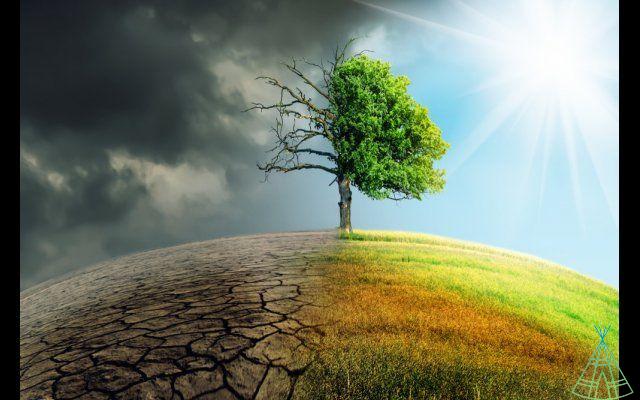
“This scenario can bring great harm to the population, as the low relative humidity of the air favors the emergence of respiratory diseases, as well as the increase in temperature can cause thermal discomfort, in addition to the increase in electricity consumption due to excessive use for cooling, among others. ”, says Danielle.
“In this way, it is essential that the urban population becomes aware of reducing activities that may impact both the environment and itself”, he concludes.





